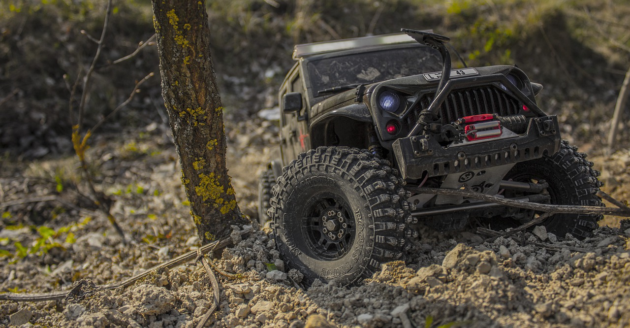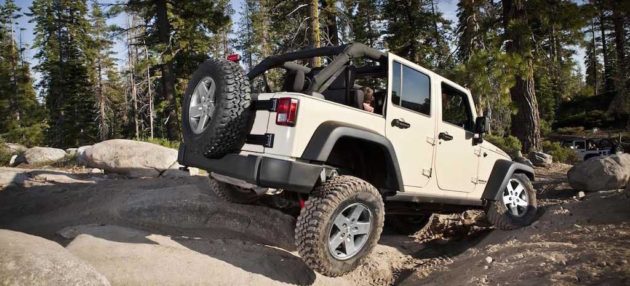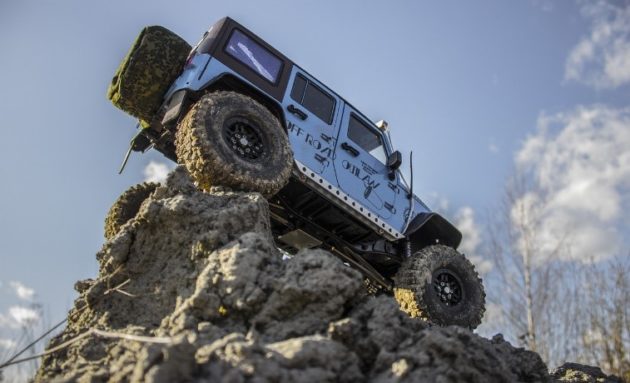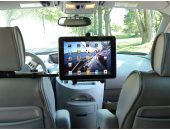The sway bar is a part of the vehicle suspension that connects the opposing wheels by means of a torsion-type elastic element (works on torsion). Nowadays, the sway bar is a mandatory element of various types of independent suspension of passenger vehicles. The stabilizer is installed on both the front and rear axles of the vehicle. For passenger cars that use a torsion bar as the rear suspension, a sway bar is not installed. Its function is performed by the suspension itself. The sway bar impairs the off-road capability. When driving off-road, the stabilizer bar can cause the wheel to lift out and lose contact with the road. That’s why it’s still important to disconnect a sway bar. Moreover, if you need to know even more valuable and important information about sway bars, you may follow this forum and you will surely find useful insights there.
The Need for A Sway Bar

Springs and absorbers in a vehicle’s suspensions serve as dampers. They reduce the impact of shocks and unpleasant shaking due to road unevenness and make the ride more comfortable. In doing so, not only the driver and passengers but also parts and components of the vehicle are less affected by vibration.
At the same time, the presence of elastic elements leads to a fairly tangible swaying of the truck in the longitudinal and transverse directions. Shock absorbers help to cope with this problem in general. Nevertheless, even the presence of shock absorbers does not save from dangerous lateral roll when entering the turn. In some cases, this roll can lead to overturning.
To reduce roll over when cornering and minimize the chance of an accident, practically all current passenger vehicles are equipped with sway bars. The only exception is the models equipped with the so-called adaptive suspension, in which the damping degree of shock absorbers is regulated by electronics and quickly changes depending on road quality and driving parameters (acceleration, ground clearance value, etc.).
Transverse stability stabilizer often eludes the motorists’ attention. However, it is necessary to be aware of it, as it is an important element of the suspension, on which to a great extent depends the safety and drivability of the vehicle.
In order to understand how does a sway bar disconnect help off-road, you first need to know how the sway bar works.
Design Features and Principle of Operation

Source: kendalldodgechryslerjeepram.com
In general, the sway bar is a U-shaped structure, the main element of which is a rod or tube. The rod, made of special spring steel, runs across the chassis from the left wheel to the right. Often its actual shape is quite complex and takes into account the presence and location of other suspension elements.
The device is attached to the frame by means of bushings and clamps. The rod can rotate inside the bushings. There are articulated joints at the ends of the rod. They serve to connect to the suspension arms or shock absorber struts.
When the vehicle is tilted sideways, one of the struts shifts up and the other shifts down. The longitudinal sections of the rod act as levers in doing so, twisting the transverse part of the stabilizer like a torsion. The result is an elastic moment that prevents a roll. As the lateral roll increases, so does the counteracting torque.
But the vertical and longitudinal shifts of the suspension are not affected by the device. As long as the car moves in a straight line, the sway bar has no effect. In addition to the direct articulation with the suspension in the design of the stabilizer struts (rods) are often used in the form of a rod with hinges at the ends. Completes the stabilizer kit set of mounts.
But when it comes to the Jeep Wrangler JK, for example, there are many varieties of sway bars that you can check out on this site https://www.jeepzine.com/.
Why Do You Need to Disconnect A Sway Bar?

In fact, the sway bar applies to four-wheel-drive vehicles. Besides, you hardly even need to disable the sway bars on a road truck later on, and that is for sure. However, if talking about a four-wheel-drive vehicle, here you only need to disable them when driving at low speeds off-road and this is very important for your own safety and convenience.
Initially, sway bars are created to keep your truck’s wheels from shifting too far up or down regardless of the opposite wheel. However, if you decide to go off-road and even more so if you are on rough terrain, the wheels of your four-wheel drive vehicle should move as far as possible independently of the other wheel in order to keep contact with the ground, so that is what being able to disengage a sway bar means.
When sway bars are connected, the front left and right tires have very little room to maneuver. But when you disconnect the bars, that makes the left/right wheels a lot more independent and flexible. Imagine you’re trying to “climb” a narrow rocky hill. If the front wheels are linked one to another, it will be really hard to find enough traction with the road. That’s why most off-roaders prefer to separate them from each other – so that it’s easier to find a grip and conquer the trail.
As a result, to date, the sway bar is a mandatory part of the suspension of passenger vehicles, while at the same time in off-road vehicles its presence is undesirable. The undesirability can be explained by the fact that the ability to stabilizer reduces suspension travel, and this is unacceptable when driving off-road because the wheels are out of alignment and lose contact with the road surface. Therefore, it is important to disconnect the sway bar.



